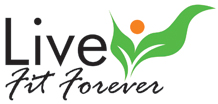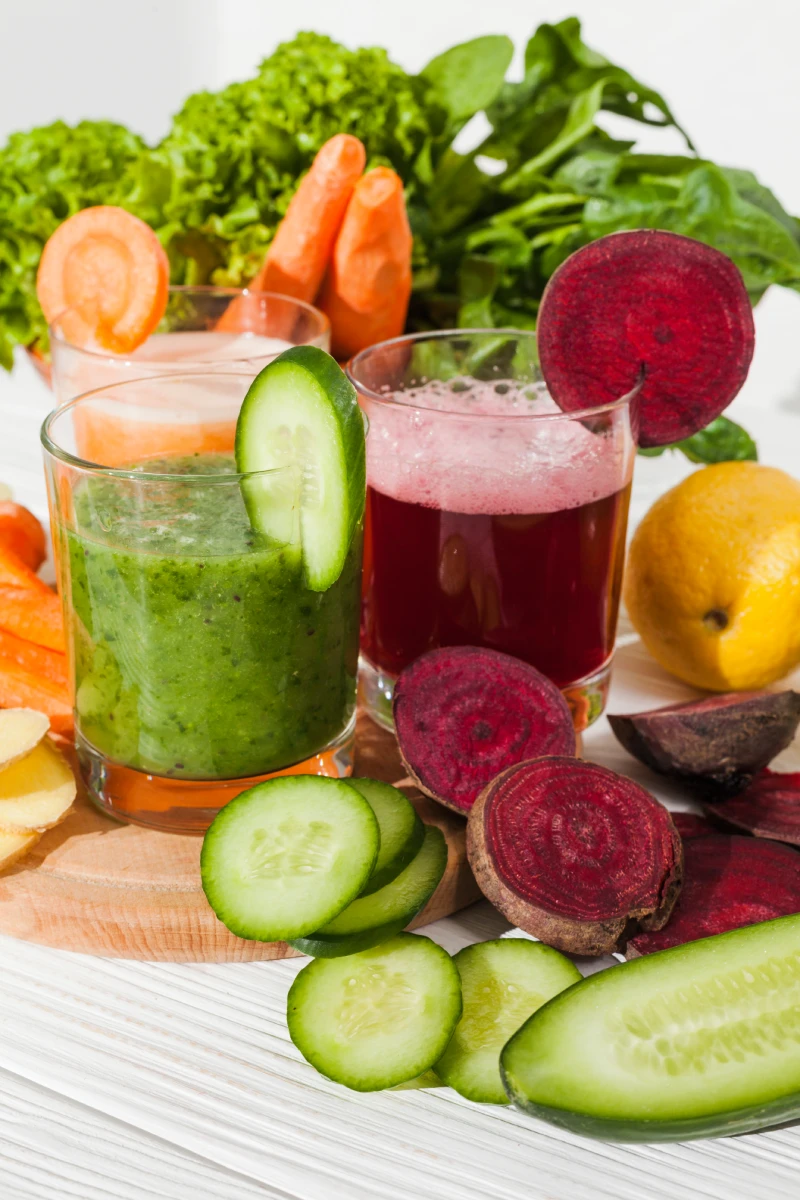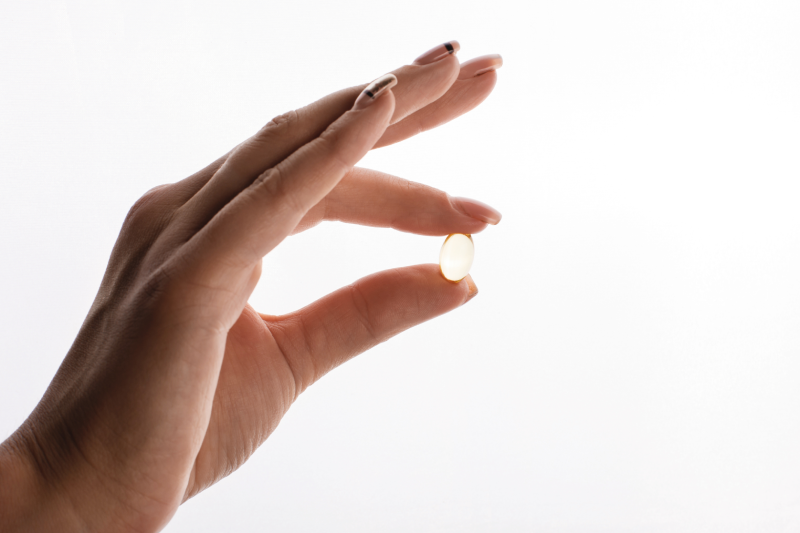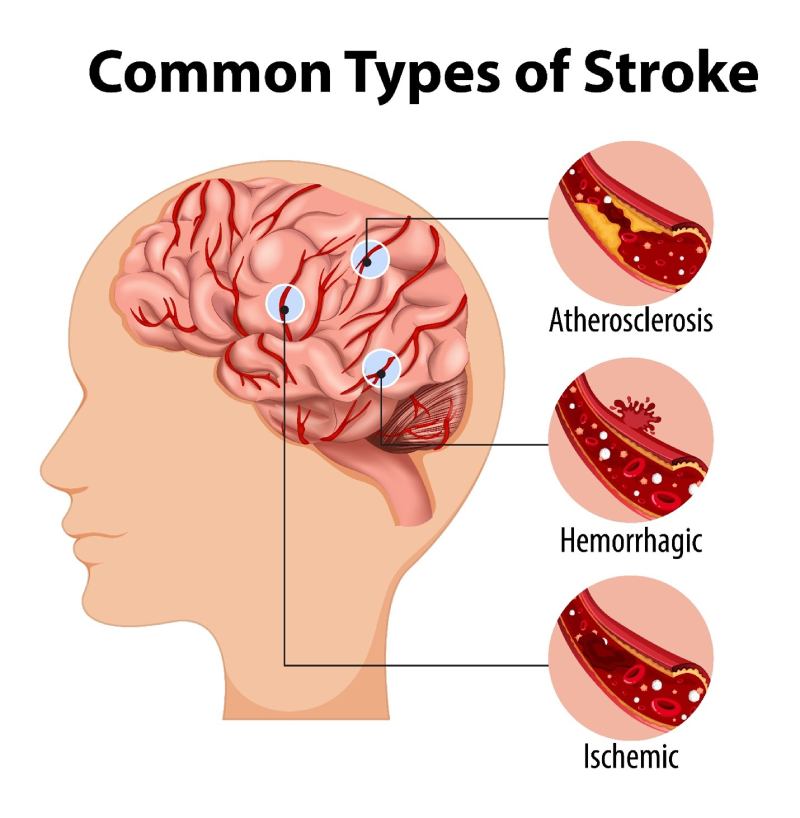PMS Food

Livefit4ever,
Medically Reviewed by Dr. Himabindu Annamraju,
November 19, 2021

Most of the women experience uncomfortable symptoms of premenstrual syndrome (PMS). PMS is a condition that starts two weeks before a woman’s period, and then stops when the menstrual flow starts. During this period several changes occur in the estrogen and progesterone hormones levels. These changes may cause symptoms of premenstrual syndrome like acne, backaches, abdominal cramps, bloating, breast pain, food craving, and headaches; and, psychological symptoms like anxiety, irritability, depression, and insomnia. Shifts in hormone levels may also cause fluid retention in the body prior to the period, and that disappear soon after it’s over.
PMS Food: Other than taking a pain killer like ibuprofen have you ever wondered what you should eat during your period, and even a week before (PMS treatment diet). If you know, it will help in easing abdominal cramps and reducing other symptoms. Let us have a look at the foods that help with PMS.
Diet Plan in PMS: Here are the healthy choices
Dairy Products and Foods high in Calcium & Vitamin D: Have 3-4 servings of low-fat milk or yogurt. Other sources of calcium include leafy green vegetables, sesame seeds, and almonds. Take foods rich in Vitamin D which helps the body absorb calcium. These are the best foods for PMS.
PMS diet: According to studies, women who consume 3-4 servings of low-fat milk or yogurt per day have a 40 percent lower risk of having PMS symptoms than women who consume one serving of milk a week.
Foods that help reduce period cramps
Spinach, whole grains, Tofu, and beans: These foods are rich in Magnesium; this nutrient is essential to minimize fluid retention, bloating, menstrual cramps, and PMS-related blues (depression) as well. These are the foods helpful in reducing period cramps.
Bananas: These are known to be rich in potassium, but also in magnesium. Eat bananas as a simple snack, mix in a salad, add to your low-fat yogurt or put slices in cereal.
Foods that Help Ease Period Cramps
Ginger: It is one of the most effective remedies for menstrual pain. Ginger tea can alleviate menstrual cramps. Grate a small piece of ginger, add it to hot water and drink the concoction to avoid severe cramps.
Cinnamon: This spice contains dietary fiber, calcium, and iron, as well as manganese, which may reduce menstrual cramps. It is also useful in regulating the menstrual cycle.
You can drink cinnamon tea or add ¼ tsp cinnamon powder to milk. You can also sprinkle it on your foods such as oatmeal, cereal, or toast every morning.
Dark Chocolate: To satisfy food cravings during periods go for a healthy option like dark chocolate. It fulfills your cravings, helps relax your muscles, relieves pain, and enhances your mood as well.
Water: Drinking enough water helps prevent fluid retention in your body, reduces cramps, and helps with bloating.
Tofu, Soy, and Flax seeds: Have these in your snacks or in the main course. Add them to soups and salads. Tofu, Soy, and flax seeds contain phytoestrogens, plant chemicals that mimic estrogen, which may aid in balancing hormone levels during menstruation, hence they lessen PMS symptoms.
Best PMS food for mood swings
Whole grains, fruits, and vegetables: Carbohydrates increase the levels of Serotonin which is a feel-good hormone that helps to relieve anxiety, irritability, and depression. Complex carbohydrates are the best choice because they also keep your blood sugar levels steady.
Studies have shown that including lots of citrus fruits, berries, and vegetables in your diet help to reduce heavy bleeding. Aim for 3 servings of whole grains, 3-4 servings of veggies, and 2-3 servings of fruits a day.
Iron-rich foods: To replace iron loss from menstrual flow you need more iron. It also prevents fatigue and tiredness. Add Iron-rich foods such as lean meat, poultry, fortified cereal, and legumes. To increase the iron absorption from foods, eat these foods with vitamin-C-rich foods. For example, have citrus fruits or juice with your morning cereal or toast with egg.
Limiting salt may help with bloating. Reducing caffeine, sugar and saturated fat intake may also be beneficial to reduce PMS problems.
PMS Food
Heating Pad: Apart from having the above foods before and during menstruation, to reduce the severe pain and cramps apply heat to your abdomen and lower back. If you don’t have a heating pad, use a hot towel instead or take a warm bath.
Physical Activity: Apart from the diet (foods to reduce PMS symptoms), physical activity is indispensable. Moderate or light physical activity increases blood flow to the pelvic region, thus, helps to ease cramping and pain. Exercise release endorphins which are beneficial to reduce mood swings acts as a natural painkiller as well. It is safe to go for simple activities like walking, light stretching, or gentle yoga during your period as long as you don’t push yourself hard. If you experience extreme pain and discomfort then consult your physician for pain relief. Exercise must be part of your daily schedule always and also light exercise during a period is the best remedy to alleviate the PMS symptoms.
PMS Food, Diet, and Supplements – Don’t go for supplements unless your gynecologist recommends you to have them. You will get all the required nutrients from your PMS foods. If you think that you have vitamin D3 deficiency then take vitamin D3 supplements. Learn more about vitamin D3 and its enormous health benefits.






